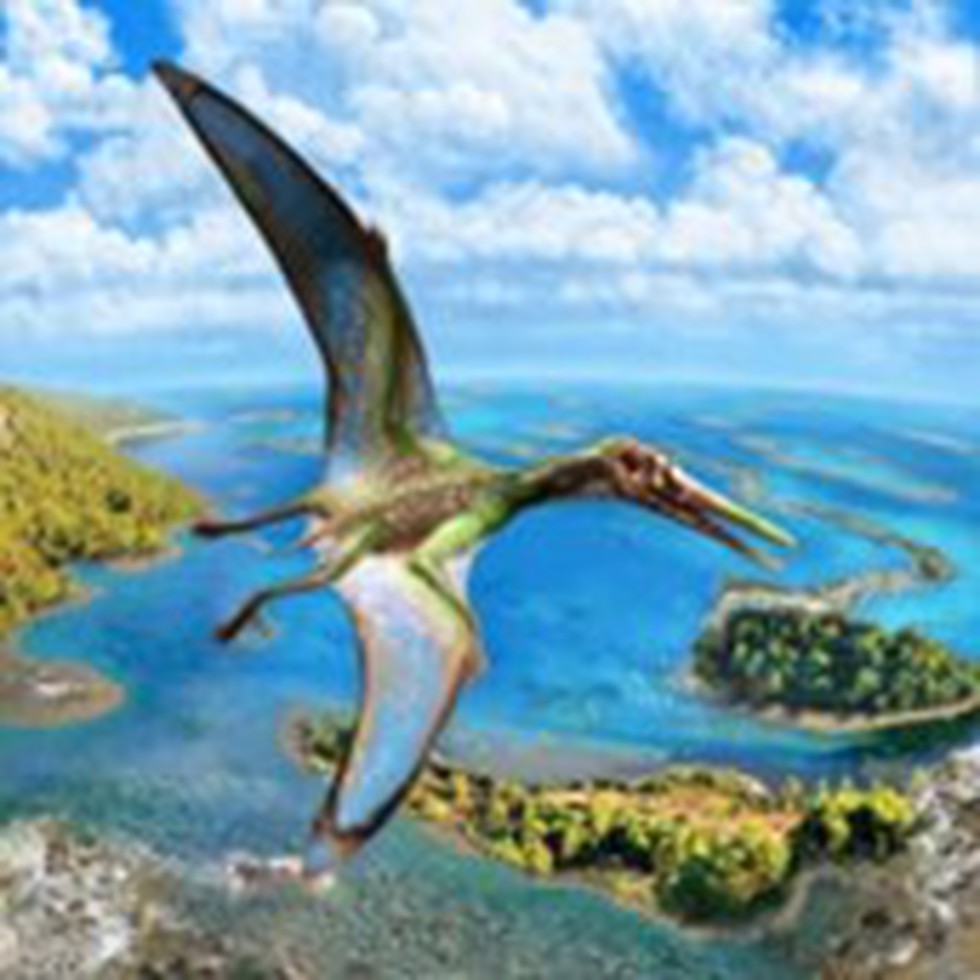Behold, the magnificent Meilifeilong youhao, a newly unearthed pterosaur species that soared through the skies of what is now China during the Early Cretaceous epoch, roughly 125 to 113 million years ago. This incredible flying reptile, belonging to the Chaoyangopteridae family known for its medium size and prominent crests, was a resident of the Jehol Biota, a vibrant terrestrial and freshwater ecosystem preserved in a layered rock formation in northeastern China.
“Pterosaurs,” explains Dr. Xiaolin Wang of the Institute of Vertebrate Paleontology and Paleoanthropology at the Chinese Academy of Sciences, “were a remarkable group of Mesozoic flying reptiles. They were the first vertebrates to achieve true powered flight, dominating the skies for nearly 160 million years.” Despite their eventual extinction, these creatures left behind a dazzling array of forms that flourished from the Late Triassic to the Cretaceous period.
China, in particular, has been a treasure trove of pterosaur discoveries, yielding not only new species but also entire new clades like the azhdarchoid Chaoyangopteridae. This group of medium-sized, high-crested pterosaurs was particularly prominent in the Jehol Biota, with discoveries like Chaoyangopterus zhangi and Shenzhoupterus chaoyangensis providing crucial insights into their anatomy and relationships.
The fossilized remains of two Meilifeilong youhao individuals were unearthed in the Jiufotang Formation of Huludao City, Liaoning Province. The larger specimen, the “holotype,” is exceptionally well-preserved, with nearly all its bones intact (except for most of the tail). This makes it the most complete chaoyangopterid skeleton ever discovered, boasting an impressive wingspan of about 2.16 meters (7.1 feet).
The other, smaller specimen, known as the “referred specimen,” consists mainly of the upper jaw bones and provides valuable information about a different individual. Interestingly, Meilifeilong youhao’s size and other features closely resemble those of Meilifeilong sanyainus, suggesting that they belong to distinct species within the same genus.
“This new species sheds light on several previously unknown aspects of these enigmatic flying reptiles,” the researchers note. “It offers valuable data on their palatal region, a part of the skull rarely preserved in pterosaurs, and even features a stapes bone in place, a truly rare occurrence.”
The discovery of Meilifeilong youhao is a significant step forward in our understanding of these fascinating creatures. It paints a clearer picture of their diversity, anatomy, and ecological roles within the ancient ecosystems they inhabited. With each new fossil unearthed, we gain a deeper appreciation for the remarkable creatures that once dominated the skies, leaving behind a legacy that continues to inspire us today.
